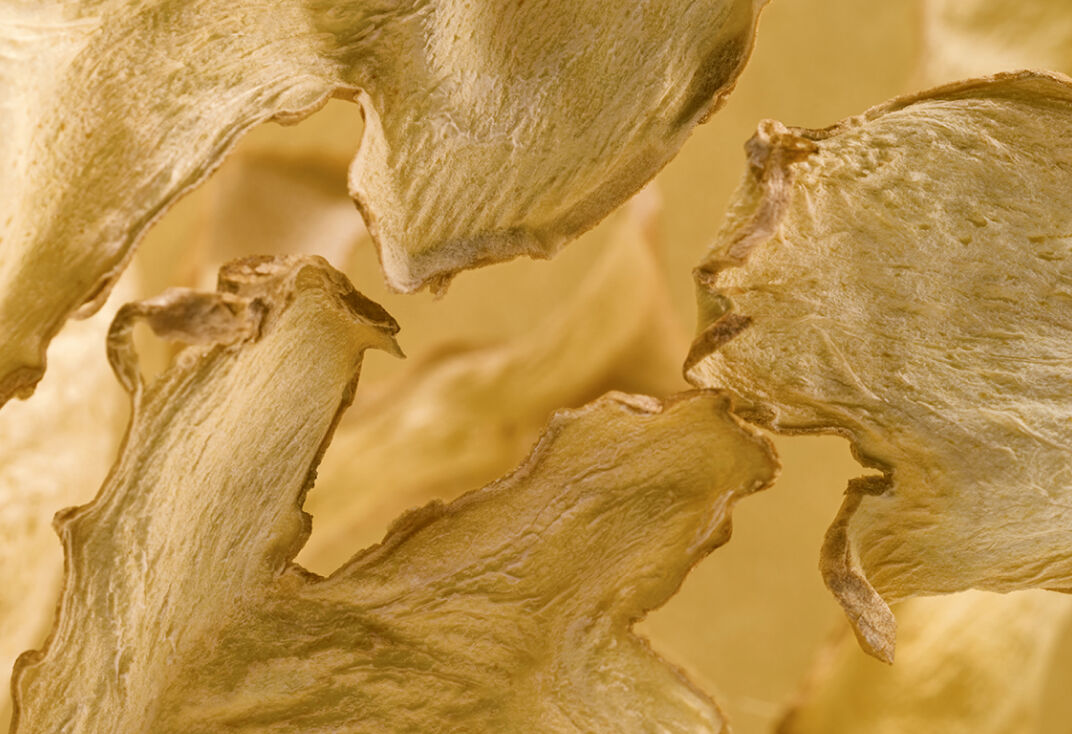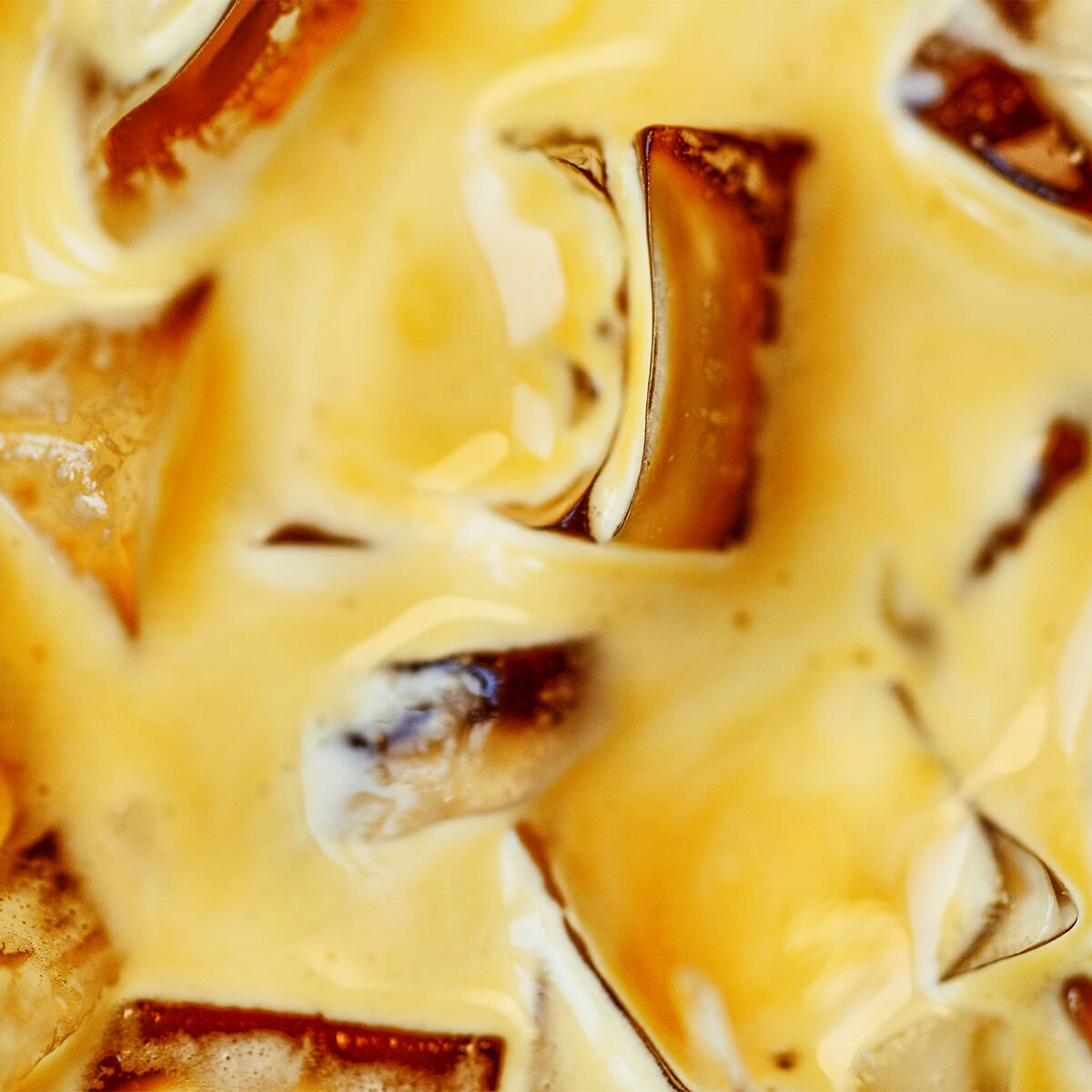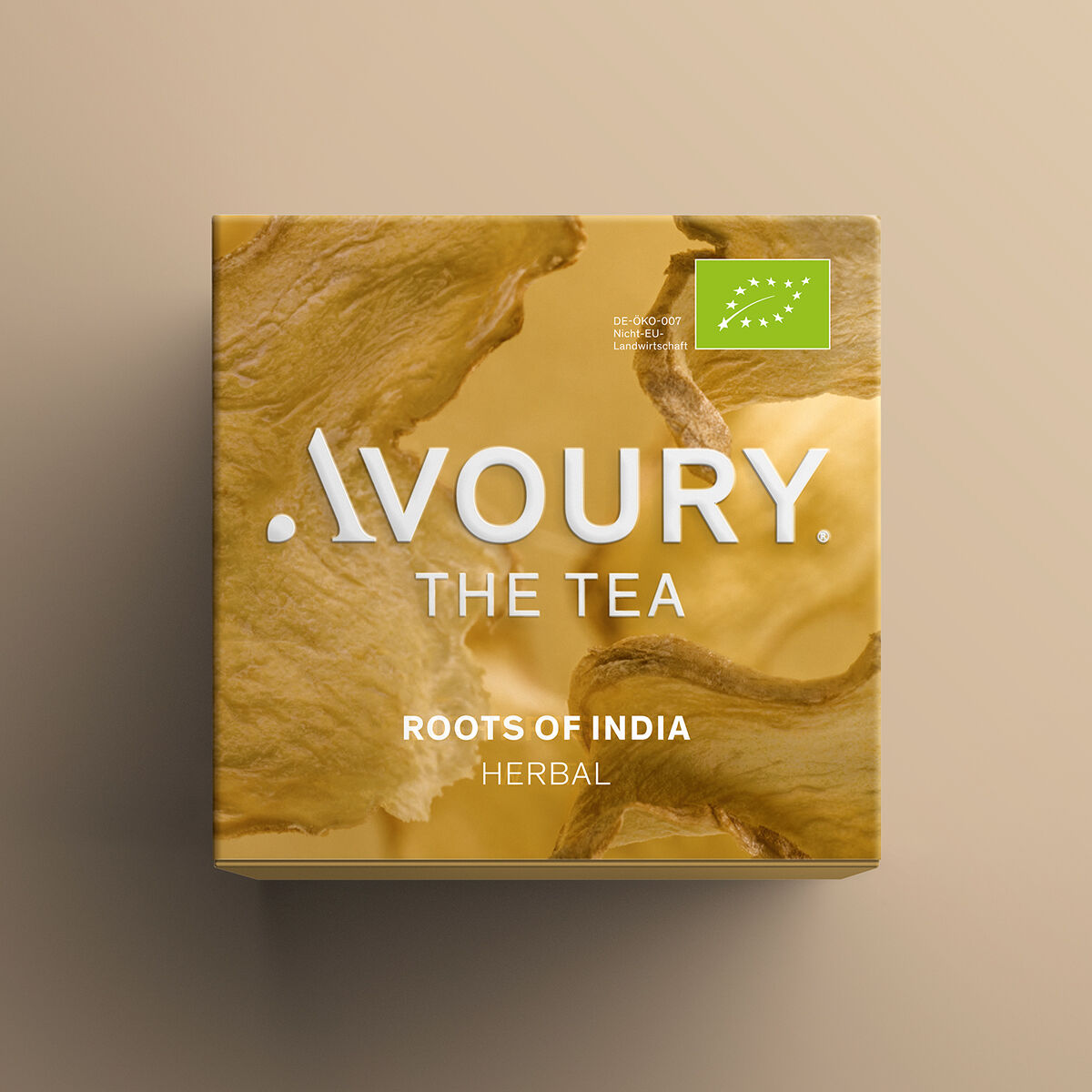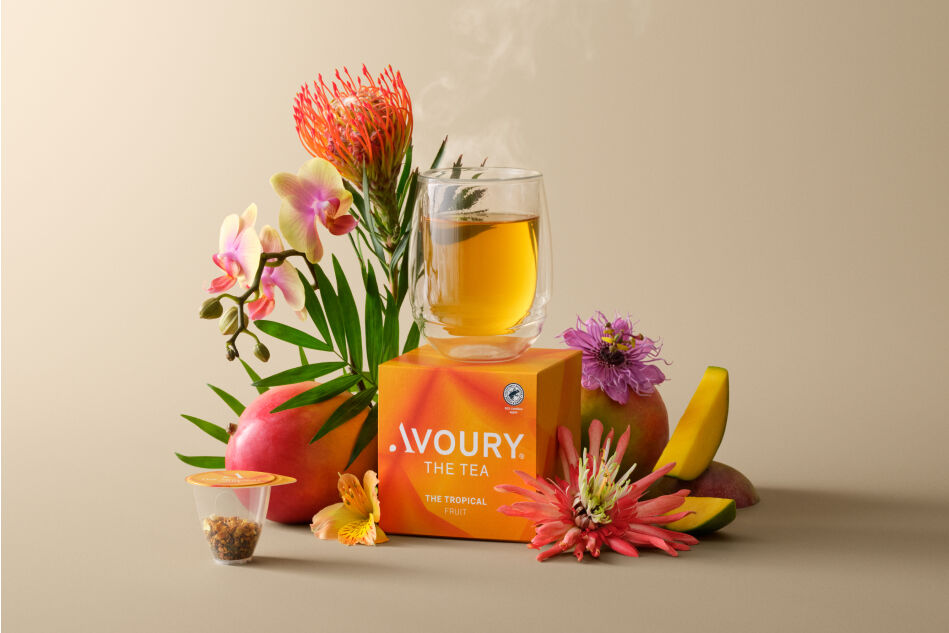Back to the roots
– from the origins of the turmeric root to its many uses

Today we take you into the exciting world of turmeric – a spice that will both tickle your taste buds and pique your curiosity.
From the origins of the plant through to its use in modern cuisine, we will get right to the root of this spice. A quick glance at the Avoury® range will show you that we too know just how powerful this spice is, as it’s a key ingredient in our ROOTS OF INDIA tea.

The origins of turmeric
Turmeric, also known as Indian saffron, is a bright yellow spice that is obtained from the roots of the Curcuma longa plant. It is also known as yellow ginger and it actually belongs to the ginger family of plants. Originally grown in the tropical forests of South Asia, particularly in India, turmeric has been a mainstay of Indian culture and cuisine since time immemorial.
The turmeric plant can grow to a height of around 80 to 110 cm and flowers in July and August in a variety of beautiful colours such as white, pink and purple. As the plant is used to tropical weather, it can only be cultivated in central Europe from spring to autumn. Turmeric was first introduced to Europe via the Silk Road in the 13th century.
Culinary uses of turmeric
Turmeric is usually processed into a powder. The rhizome is peeled, ground and added to spice blends, curries or curry pastes, making it a key ingredient in many curry powders. It is also used pure. In Western cuisine, this golden spice is sometimes used to add colour to mustard, while in Asia, the fresh leaves are used to wrap food. Just like turmeric powder, the dried pieces of the rhizome can also be used to add flavour to roasted vegetables, soups and rice dishes, as well as teas.
In India, where it originates, the dry powder is a staple in every kitchen and is mainly used to make turmeric rice or masala spice blends. In addition to spicy curries, turmeric has a centuries-old tradition in Ayurvedic nutrition. It is the main ingredient in ‘golden milk’, known in India as haldi doodh and often found on the menu of cool cafes around Europe. This bright yellow drink is made with plant-based milk by mixing the yellow powder with the hot liquid and boiling it. For an added kick, you can add a slice of ginger and then sweeten the drink with honey or agave nectar. You can also add cinnamon and even pepper to golden milk.
If you'd rather get your turmeric from food, you'll be pleased to know that it's long since been a popular ingredient in modern cuisine. Turmeric can be found in recipes for innovative ice creams and smoothie bowls, not just in drinks like golden milk and similar latte specialities. Its versatility is inspiring chefs and food lovers around the world. The possibilities for new recipes and creative combinations are endless, and there's something to suit every taste.


Turmeric – effects and intrinsic value
In addition to its uniquely delicious flavour and distinctive colour, turmeric is also known for its many health benefits. For instance, golden milk has been used as a healing, stimulating and cleansing remedy for centuries.
This is because turmeric contains curcumin, a naturally occurring compound with anti-inflammatory and antioxidant properties. It's no surprise then that the plant and its curcumin play an important role in Ayurvedic medicine, as well as in the kitchen. While it has traditionally been used as a general antiviral medication and to treat chronic inflammation, the plant is particularly prized for its soothing effect on digestive problems.
Aside from its delicious, healing effects, the turmeric plant is also quite beautiful. It blooms in white or purple, growing in gardens or on balconies and windowsills, making it a decorative feature in flowerbeds or an eye-catching houseplant. In Ayurvedic practice, the turmeric plant symbolises the sun. Reason enough to delight in its wonderful colours!
Turmeric in tea at Avoury
You might be wondering how you can get the most out of this ingredient at home. Well, at Avoury we have just the thing for you! Our two varieties, ROOTS OF INDIA and THE TROPICAL, bring together the fresh, invigorating taste of turmeric with other carefully selected ingredients to create truly unforgettable taste sensations.
The Tropical
In addition to the mango-and-passion-fruit combo – which alone is a true taste sensation and creates a tropical sunrise in your cup – turmeric gives this fruit tea a subtle spiciness, making it a special interpretation of the plant. If you'd rather cool down with an iced tea, you can enjoy THE TROPICAL cold as well.
Find out more about iced tea here


Roots of India
Turmeric in tea has a very full-bodied and spicy flavour. Ginger is a perfect match, neutralising the slightly bitter taste of the yellow root with its own spiciness. This is the combination we use in our ROOTS OF INDIA tea. This Avoury organic tea blend of spicy ginger, warming cinnamon and turmeric pays tribute to India’s rich culinary heritage. ROOTS OF INDIA is a delicious way to explore the exotic flavours of India while giving your immune system a boost. ROOTS OF INDIA is part of Avoury’s Body & Mind category, also known as Functional Teas. This range of teas is designed to help you integrate a mindfulness practice into your daily routine, thus increasing your sense of wellbeing.
Read more about our Functional Teas here
The spiritual significance of turmeric tea
As well as being a key ingredient in cooking and medicine, turmeric has a deep spiritual significance for many societies. Because of its symbolism with the sun, it is often associated with purity and spiritual protection from darkness and evil, and therefore plays a key role in religious ceremonies and rituals. As an incense blend, it is used for energetic cleansing and relaxation. However, in other cultures it represents wealth, happiness and growth, and is used in a variety of celebrations and festivals.
Combined with the spirit of Far Eastern tea culture, turmeric creates a holistic blend that you can easily incorporate into your daily health and mindfulness routine. Just as we can ascribe special properties to individual spices, we can also honour the moment of drinking tea through ceremonies and rituals. Monks from China, the birthplace of tea, were already aware of this and drank tea during their meditation sessions to help them focus.


Your personal turmeric tea ritual with ROOTS OF INDIA
Turmeric and tea come together in ROOTS OF INDIA, the ideal beverage for your personal tea ceremony. While you're waiting for the Avoury One® to prepare the tea, why not take a moment for yourself?
In our Body & Mind category, ROOTS OF INDIA stands for Focus & Fire. This is the category of true power teas, which make the perfect drink to start your day if you prefer to avoid coffee. ROOTS OF INDIA doesn’t contains any caffeine, yet its subtle spiciness is sure to give your immune system a boost. But of course, any of the other teas from Avoury, particularly those that do contain caffeine, will also get your day off to a great start.
Find out more about tea in the mornings here.
From teas containing special spice blends to caffeinated and decaf teas, and herbal and fruit teas, Avoury offers a choice of over 30 different varieties to suit every taste. Here’s to a feel-good tea break with Avoury!


